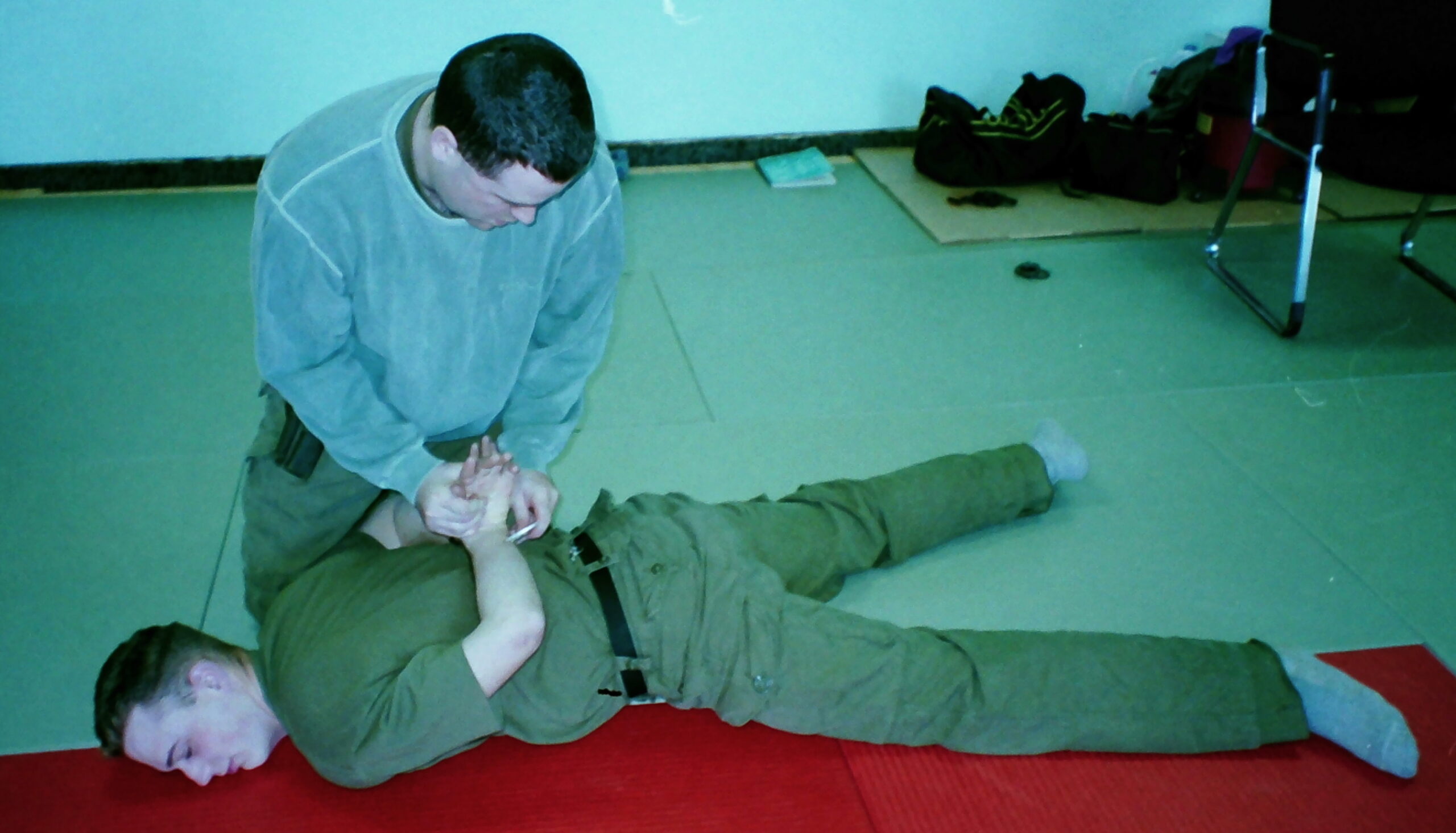I just finished reading an article by a police trainer and use of force expert. He, as well, as several police spokespersons have been quoted as saying that they do not teach, nor endorse kneeling on a suspect who is on the ground. However, in contrast to their statements, we can find numerous examples where this technique is routinely used.
So what does this mean? It means either the technique is being formally taught or, it is not being taught formally, but rather being informally ‘passed around’ and copied by officers. Regardless, kneeling on the neck, back, or in the case of one instructor on the wrist, to control a suspect is both dangerous and potentially fatal.
Why then does this seem to reoccur? The answer lies in what I call – Root Deficiency: Improper Training. Here, two things are happening. The first is that the methods being taught to officers really do not work under ‘street’ conditions; therefore, the officer is forced to resort to brute strength to bring the suspect under control. The second is that officers are taught ‘what to do’ but not taught ‘what not to do’ or ‘the consequences of applying a technique incorrectly’.
I am a use of force expert witness (30+ years), with extensive experience as a trainer. I can, therefore, say with confidence that there are safe and effective means of restraining suspects that minimizes residual damage, maximizes control, and avoids kneeling, sitting, or using brute force on a suspect. Unfortunately, I have never observed these techniques being taught to police.
